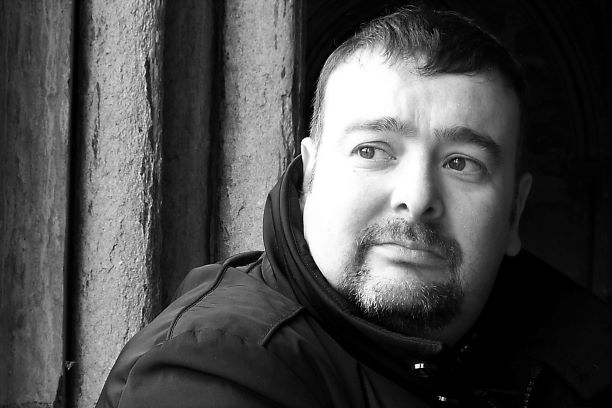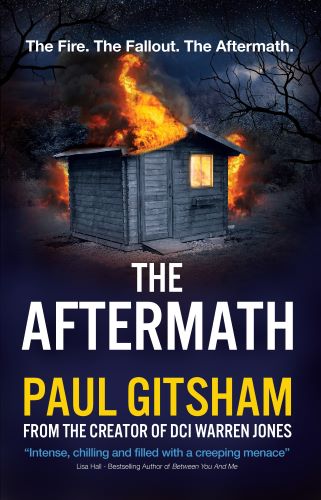Book Review.
How To Catch A Killer.
Hunting and Capturing the World’s Most Notorious Serial Killers
Katherine Ramsland, PhD
I decided to place it here, rather than on my #RecommendedReads blog, as it is more of a useful resource than a ‘story’.
Prof. Ramsland teaches forensic psychology and criminology and is the author of numerous books and academic articles, as well as an advisor for many documentaries.
There are lots of books out there about serial killers or murderers, and they vary from the lurid to the informative; those that seek primarily to entertain and those that are geared more towards academic study. This book can be seen as a catalogue of case studies, written by an academic for the mass market.
The first thing to note, is that a lot of thought has been put into how the book is organised. There are 30 case studies, a mixture of well-known individuals, eg BTK, ABC Killer, Son of Sam etc and more obscure ones, such as The Mad Carpenter. The earliest case dates from 1898 with latest cases almost in the present day. There is a strong bias towards the US, but there are also examples from the UK, Europe, Central America and Africa.
Each study consists of a couple of pages describing the crime(s) and victims and what is known about the individual who killed them, followed by an account of the capture. These are given in an easy-to-read prose style. Next there is a short key facts summary. Finally, Ramsland gives a commentary from her perspective as a professional.
Ramsland has chosen to divide the cases by the manner in which they were captured. This distinction is rather artificial to be honest, with sections such as Forensic Innovation, Mistakes and Miscalculations or Witness Reports. A lot of the cases overlap but it is as good a way to do it as any. A comprehensive index at the rear increases its use a as a reference guide.
I bought this book for a number of professional reasons but primarily, I am always looking for tools that can help me craft a realistic and compelling antagonist.
To make a fictional killer work, you need to consider several different components.
Motivation
This is true of any character – good or bad – but especially one as complex as a murderer. In the real world, it isn’t always obvious why somebody commits such crimes, but in fiction “we’ll probably never know why he did it” is rarely acceptable. Neither will the reader be satisfied with “he’s just barking mad”.
I wanted to gain an insight into realistic motivations. The book seeks to explain (and sometimes put forth the killer’s explanation) for what they did.
Character Traits
Murderers and serial killers come from all walks of life. Some are weird, scary loners. Others are quiet but apparently normal, and some are the centre of the community and loved by everyone. Many, but by no means all, had a very bad childhood. Some appear to have had brain damage, others might be genetically pre-disposed. Others are a mystery. The book has multiple examples of them all.
Then there is the persistent stereotype of a lone white male etc etc. The book contains numerous case studies of offenders that don’t fit this profile.
Offending Pattern
One of the ways that many serial killers are caught, or linked to additional crimes, is through similarities in methodology between different crime scenes. Some serial murderers are driven to bizarre rituals that are so unusual that their crimes absolutely must have been committed by one individual. Others are less obvious, and so may not be noticed by investigators. Again this book has plenty examples of them all.
With all that said, as a writer, you have a choice.
First, you can attempt to craft a serial killer that readers will understand and recognise. These characters are enormously popular, and whilst we all try to bring something original to the table, you will see characters that range from those where the writer has latched onto an idea seen in the real world and greatly expanded upon it, to stories where the character is clearly heavily influenced by one or more real individuals. This can be enormously effective – Robert Harris’ Silence of the Lambs is one of the most lauded fictional depictions of serial killers in literature or film. Both Lecter and Buffalo Bill are inspired in part by real-life people.
The advantage of this is that your character, whilst extreme, will feel ‘real’ – after all, somebody once upon at time was just like that!
The alternative is to try and craft a serial killer that subverts many of the stereotypes or common tropes. If successful, it will feel highly original. The danger is that if you have a character that bears no resemblance to anyone real then it might feel far-fetched. There maybe a good reason why nobody has thought to have a character do that before!
In either scenario, there is a strong argument to be made that research into these killers can only help – either by providing inspiration, or by helping you know the rules so you can break them more effectively. A book like this can be very useful.
Final Thoughts.
My partner and I watch a lot of documentaries about murderers and serial killers. We are familiar with most of the ‘big names’, and the basic facts about the cases. Sometimes, we’ve seen the same person examined by more than one series. What I enjoyed about this book, is that it often gave a very different perspective to a case I thought I knew.
A very good example is that of Ed Kemper, the gigantic man known as the Co-ed Killer. In documentaries, and on the NetFlix semi-fictionalised series Mindhunter, much is made of Kemper’s thoughtful, self-reflective intelligence, willingness to cooperate and help law enforcement and the fact that he is a model prisoner. Indeed, it is sometimes easy to almost overlook the horrific nature of his crimes and see him as a fairly affable, friendly man. Ramsland gives little space over to that, and her insights remind the reader of what a monster Kemper really was (and perhaps still is).
Have you read this book? What did you think? Would you recommend any other, similar books?
Feel free to comment here or on social media.
Until next week,
Paul




















